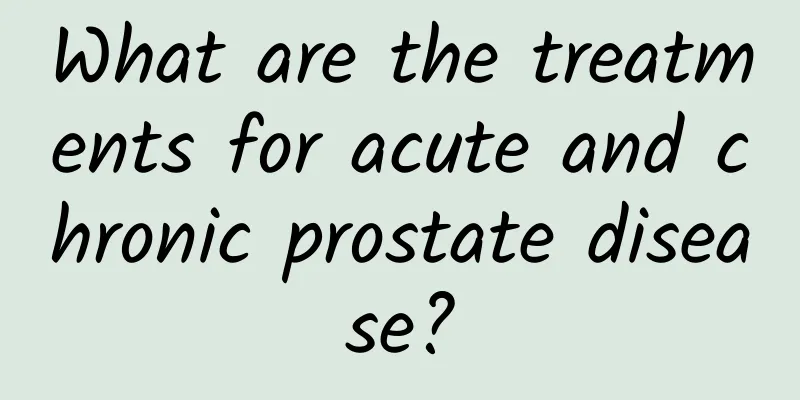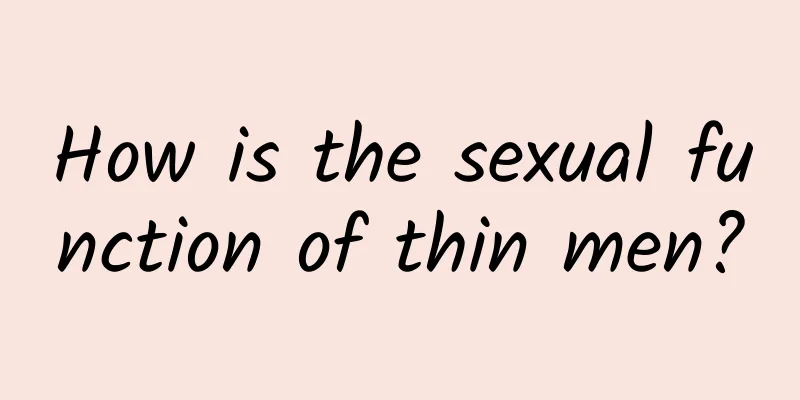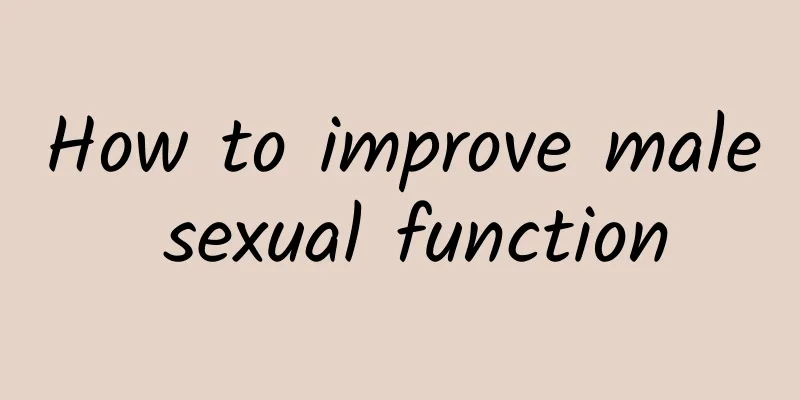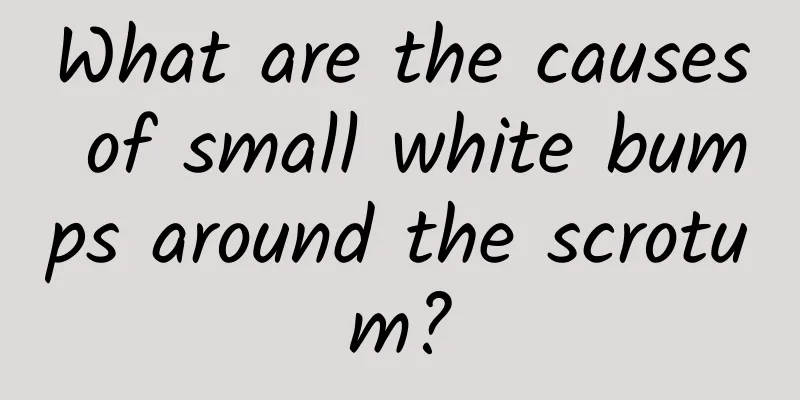What are the treatments for acute and chronic prostate disease?

|
Acute and chronic prostatitis are mainly divided into two types, one is bacterial prostatitis and the other is non-bacterial prostatitis. The most common cause is that male friends do not pay attention to their hygiene habits. There are many clinical manifestations, such as genital pain, endocrine disorders, and urinary dysfunction. As a relatively embarrassing disease, let us take a look at the treatments for acute and chronic prostatitis. 1. General treatment Patients should conduct psychological counseling on their own, maintain a cheerful and optimistic attitude towards life, abstain from alcohol, and avoid spicy and irritating foods; avoid holding urine, sitting for long periods of time, and riding a bicycle or horse for long periods of time, pay attention to keeping warm, and strengthen physical exercise. 2. Drug treatment The most commonly used drugs are antibiotics, α-receptor blockers, herbal preparations and non-steroidal anti-inflammatory analgesics. Other drugs also have varying degrees of effectiveness in relieving symptoms. (1) Antibiotics: Currently, in the clinical practice of treating prostatitis, the most commonly used first-line drug is antibiotics, but only about 5% of patients with chronic prostatitis have clear bacterial infection. Chronic bacterial prostatitis: antibiotics are selected based on bacterial culture results and the ability of the drug to penetrate the prostate. After prostatitis is confirmed, the course of antibiotic treatment is 4 to 6 weeks, during which the patient should undergo periodic efficacy evaluation. Intraprostatic injection of antibiotics is not recommended. Chronic nonbacterial prostatitis: Antibiotic treatment is mostly empirical treatment, and the theoretical basis is to speculate that certain pathogens that are negative in routine culture cause the occurrence of this type of inflammation. Therefore, it is recommended to take oral antibiotics such as fluoroquinolone for 2 to 4 weeks, and then decide whether to continue antibiotic treatment based on the feedback of the efficacy. Only when the clinical symptoms are indeed alleviated, it is recommended to continue the use of antibiotics. The recommended total course of treatment is 4 to 6 weeks. (2) α-receptor blockers α-receptor blockers can relax the smooth muscles of the prostate and bladder and improve lower urinary tract symptoms and pain, thus becoming a basic drug for the treatment of type II/type III prostatitis. The above are the treatments for acute and chronic prostatitis. The two different treatments are aimed at different degrees of disease development. When the disease is mild, general treatments can be used, but when the disease worsens, medication or even surgery is needed. Many male friends think that this is a relatively embarrassing disease and are unwilling to go to the hospital for treatment. This is an incorrect idea. |
<<: What are the moxibustion methods for treating impotence?
>>: Treatment for severe premature ejaculation
Recommend
What causes pain in the lower left side of the abdomen in men?
There are many reasons for men's left lower a...
Kidney deficiency cannot be replenished, exercise can help replenish the kidney
Some men have kidney deficiency, but their kidney...
Why is it that men are not hard?
For many men, a hard but soft penis is a common g...
The efficacy and function of Suoyang Bu Shen Capsule
If a man wants to have a strong body, he must hav...
What is Yang Yi?
Speaking of impotence, I believe many men are fam...
What are the causes of prostate enlargement? What are the dangers?
Prostate hypertrophy is more common in middle-age...
Two minutes to cum
If a man ejaculates within two minutes, it is a s...
Penile folliculitis treatment methods
In daily life, we are busy with our work and inev...
What to do with cold feet in summer? 7 tips to treat cold feet in summer
Do you have cold hands and feet in the hot summer...
How to run without getting tired? Warm-up and mentality are both important
Running is a form of exercise that is very benefi...
What should I do if my husband's lower body is red and itchy?
Regardless of whether you are a man or a woman, y...
How many times of masturbation will cause premature ejaculation
Masturbation is a physiological behavior of self-...
Why are there small bumps on the coronal sulcus of the penis?
Men's daily living habits are generally not a...
Seven life tips for men to stay healthy
In life, many male friends don’t pay much attenti...
What to do if men have low estradiol
Generally speaking, only women will have low estr...









